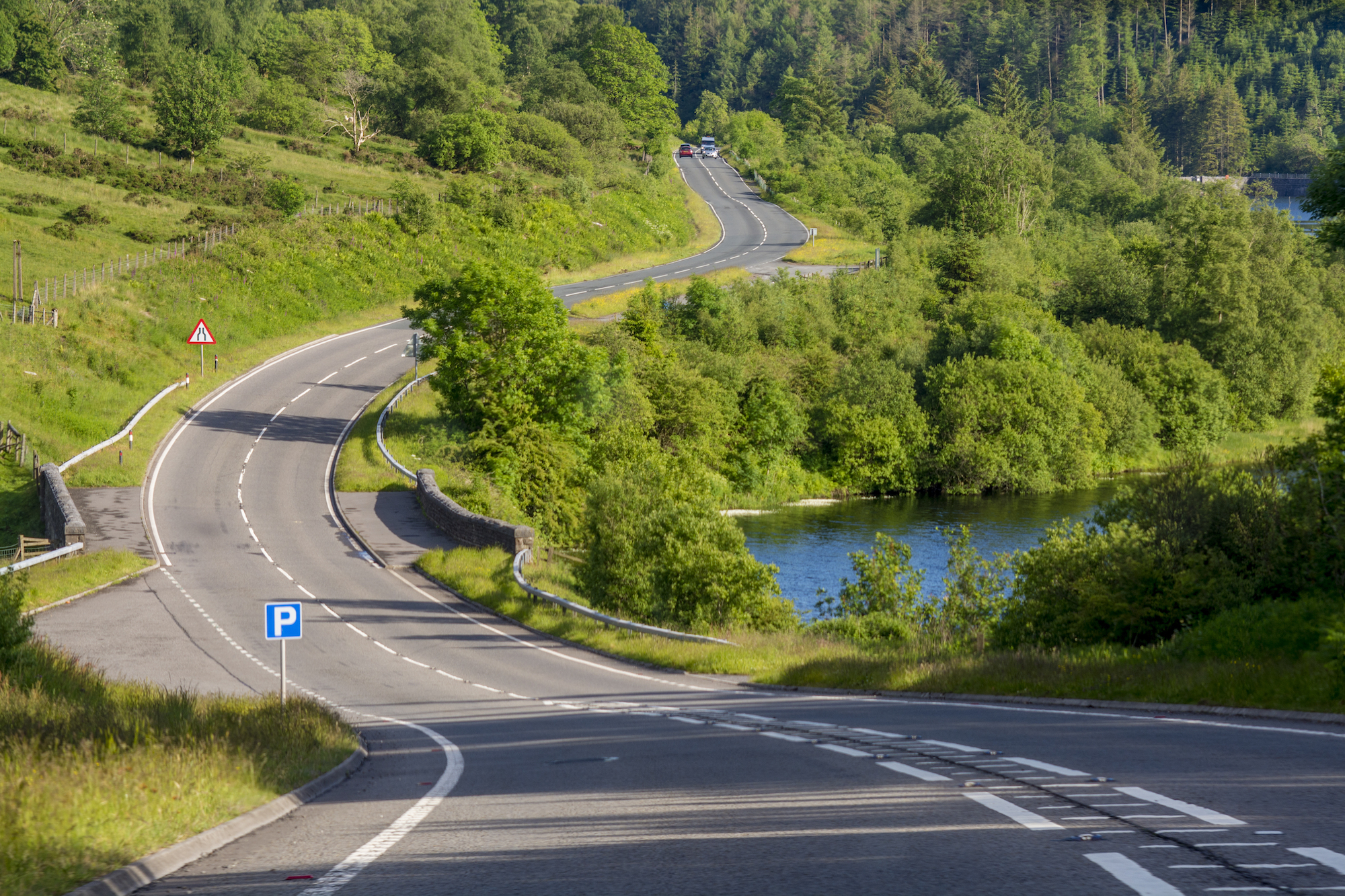With people self-isolating and staying at home during the Coronavirus (COVID-19) lockdown, cars may have sat idle on the driveway or at the roadside for many weeks. Plus, with some MOTs postponed to a later date, due to the six-month extension of certificates from 30th March 2020, it is your responsibility to ensure that your vehicle is roadworthy and safe to drive before hitting the road. Here are a few areas to look out for.
Under pressure to perform
If a car has been stationary for a prolonged period of time, tyre pressure can be lost. Therefore, to top it up to the recommended levels, which can be often be found on the driver’s side door frame or in the handbook, you can use a home tyre inflation kit, or if it is safe to do so, you can visit a nearby petrol station forecourt that has an air machine. As well as running at the right pressures, tyres must also have the correct tread depth (i.e. 1.6 mm across the central three-quarters of the tyre), and be free of any defects, bulges and cracking.
Go out on a charge
If you haven’t used your car for a while, the battery may have gone flat, with the same fate applying to plug-in hybrids and electric vehicles (EVs). If you don’t have the option of jump starting the car, and don’t have vehicle recovery at your home address on your breakdown policy, it is still possible to pay for it, or alternatively portable battery chargers and boosters to recharge the battery can be purchased. Once you have started the car, it is recommended that you go out for a 20 to 30 minute drive to allow the battery to charge up again.
If the battery has lost charge, it may also be worth checking the date on it, as batteries over five years old will generally be more susceptible to failing and might be worth replacing.
Keep it fluid
It’s good practice with routine maintenance to check that all the vital fluids are topped up, such as oil and screenwash. For the oil, the level should sit between the two marks on the dipstick, whilst the latter should be equal to the “max” or “maximum” line.
Tax it or risk a fine
If you have been self-isolating during the past few months, and declared your car as “SORN”, i.e. off road, you will need to visit the GOV.UK “Tax your vehicle” website to re-tax your vehicle according to the current bands. If you drive a SORN car, other than to go to a pre-booked MOT, you can be fined £80, with a maximum penalty of £1,000 if the case were to end up in court.
With MOT certificates extended from the 30th March according to the latest rules, motorists can tax their vehicle using their existing MOT certificate. It’s also worth bearing in mind that, as of 27th May 2020, test certificates will be reminding drivers that, if a vehicle fails its MOT, the six-month exemption will no longer be valid.
Stay covered
Your car insurance may have also expired whilst the car was off the road, so before heading out, it’s worth just double checking that it’s still valid, and that you can drive legally. If it has expired, or the agreement didn’t renew automatically, you can get quotes online or over the phone from insurers when shopping around for a new policy.
Cleanliness is key
Stationary cars, whether on a driveway, or when parked at the roadside, can gather dirt, grime and dust. Therefore, front and rear screens should be cleaned and be free of smears for maximum visibility, and all mirrors should also be wiped down. At the same time, you should also check your front are rear number plates are clearly visible.
Check your lights are working
Although we’re now getting used to the longer days of sunlight, the nights will soon start to draw in again, so it’s important to make sure that all of your front and rear lights are working before setting off. This includes the fog lamps.
Keep an eye out for wildlife
Static vehicles can provide an ideal nesting spot or home for some wildlife, so it’s worth giving the car a once over to ensure that no small animals are stowed away in the wheel arches, or have made the engine bay their home.
Heading out…
When you start the car up for the first time, and all the necessary checks have been made, let the engine run to allow the oil to circulate, and if it’s convenient to do so, it’s advisable to go on a short drive, ideally on different types of roads, to be able to move through the gears, get the engine up to temperature and to recharge the battery.








